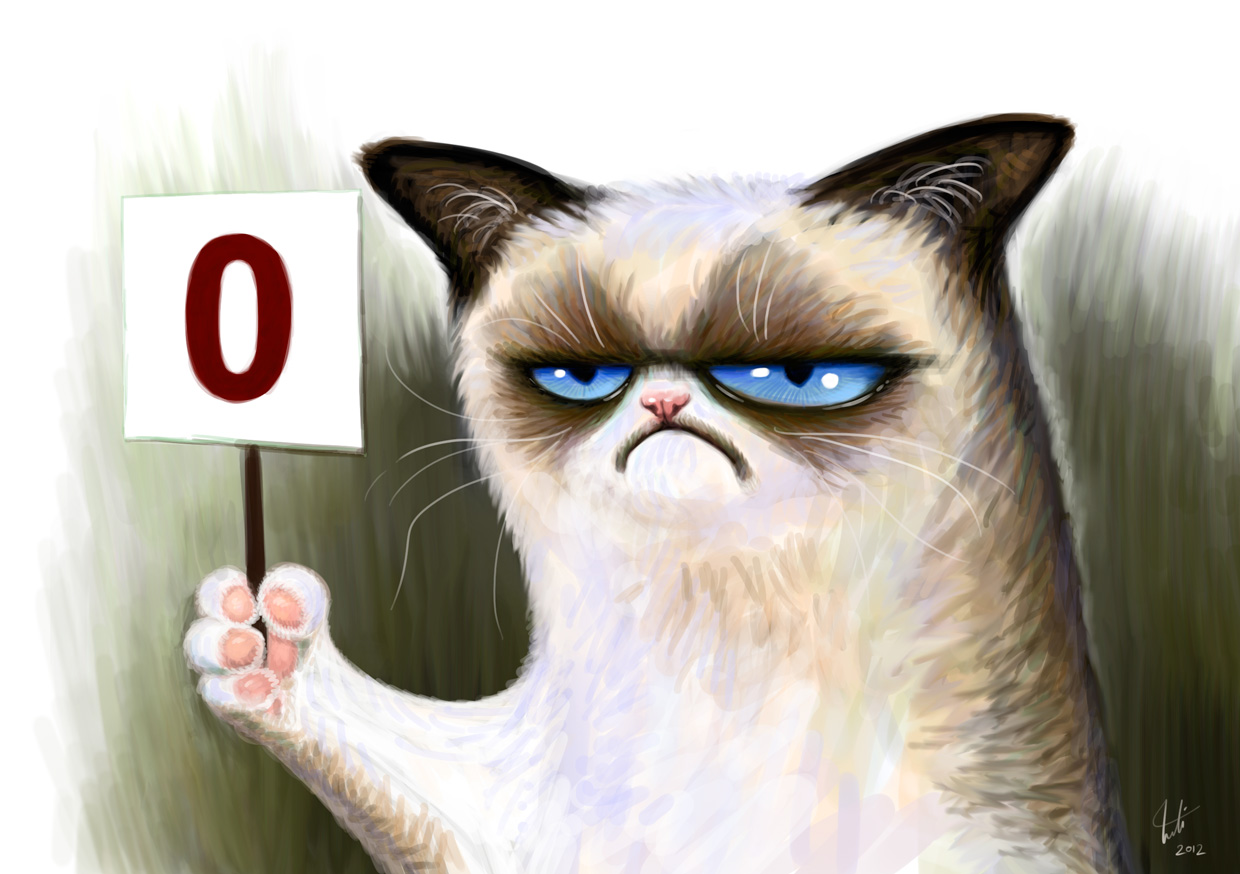After going into Zen literature, history, and books. I like the message it’s trying to spread across to the public as it emphasizes direct experience more than using the intellectual means to reach enlightenment.
This post is the tenth entry in a series of 13 about the story behind the app on Zen Enso. Before continuing, I would recommend reading prior entries first to get a better understanding and flow of the contents.
- A Spark That Kick Off a Quest of a Soul-searching Adventure
- It’s Very Entertaining Listening to Alan Watts
- The Old Man Pointing the Way
- 13 Lessons I learnt About Myself and Probably Useful to You as Well
- The Evolving Ideas and the Differences it Might Have
- What Zen Enso is Aiming for and Trying to Bring About
- Should Life be a Puzzle to be Figured Out?
- The Authors are Who They are: Human Beings
- How to Best Use Zen Enso and to Contemplate About Your Life
- How Does the Name Zen Enso Comes to Be?
- Zen Enso Could be One of My Best Work Yet
- The App Reception, Extra Resources, and a Closing to the Story
- The TLDR: We Don’t Have All the Time in the World!
Zen is an offshoot from Chinese Mahayana Buddhism known as Chan.
After World War 2, Zen resurfaces to become more prominent in western society. Its popularity has given it an image of tranquility, peacefulness, and equanimity if one can practice its teachings. A beacon of hope to those who are eager to gain these qualities.
I was searching for some of this “peacefulness” myself due to my burnout which trigger the whole inquiry in the first place. What it says dazzles me and invited me to investigate deeper. Of course, Alan Watts help to explain most of the ideas and concepts so I could go through them much easier.
Japanese Zen
There are 2 major flavors in Japan.
Rinzai Zen was started by Eisai in the 12th century also famously known as the Samurai Zen because it is adopted for the Shogun class which was then the warrior ruling class of Japanese society. They use Koan as a form of practice with meditation.
A monk asked: “Does a dog have buddha-nature?” Joshu responded: “Mu!”
A koan
Above is a Koan, they are twisty mind riddle designed to break the dualistic thinking of our mind.
Soto Zen started by Dogen in the 13th century is known as the Farmer Zen that they practice Zazen or just sitting zen mostly. You’ll be amazed how much our thoughts reveal to us when we are forced to sit still.
What I Thought Zen Was
Everyone has poorly formed preconceived ideas on things they don’t know about at first. Including me, no less.
When I started this project, I was drawn to the idea of achieving a level of peace, serenity, equanimity, tranquility, the abandonment of anxiety, and the calmness that online writers claims. However, that is not the whole picture as I know now.
Websites and online personalities portray it as having positive thoughts, words that sound like Zen, the virtue of awareness and being in the present, and doing meditation will enable those effects. It sounds like the whole self-help spiel to me because I was a big fan of the whole industry.
I found the self-help industry phony because the mind games gurus and motivators play to sell their expensive coaching programs, courses, and books for a big profit while the underlying issues are left unaddressed. 🤣 Thus, I was skeptical about Zen too, naturally.
However, I’m happy to say that Zen is the real deal and does help to bring a person peacefulness as I dive into the contents.

Missing Puzzles
I realized I don’t know what Zen means, much less talk about understanding it. What I know are just buzz words that draw in the crowds and empty phrases which serve no purpose and have little to no value.
So, I went through books and studied them intently, going through history, finding sources to guide, listening to talks, and watching documentaries.
Zen History in a Nutshell
We can follow the path back in history to Hinduism. After all, it was the source originator. Buddhism is Hinduism stripped for export as Alan Watts puts it. When Mahayana Buddhism arrives in China, it mingles with Taoism and absorbs some of its ideas. This is giving birth to Chan which slowly spread around east Asia countries.
Then, this new mix goes across the ocean and landed in Japan known as Japanese Zen today.
That’s the extremely short version of events.

Zen Means Meditation
The word Zen is a Japanese word for Ch’an in Chinese. Ch’an is the Chinese pronunciation of the Sanskrit word Dhyana which is commonly translated to meditation.
Zen means meditation and is the central theme of its practice to gain insight into one’s mind and the nature of things.
Another more accurate term would be Dhyana or Sunyata and the nearest translation to it is emptiness or void. This is an experience of the void when one’s can void all concepts and ideas.
Not to say throw out who we are and become a mindless dummy. I think it’s closer to seeing through things rather than being bondage to our thoughts. I guess this is what Krishnamurti says Intelligence or Love when we can come to understand the Observer is the Observed.
It’s an attempt of transforming our consciousness to understand who we are. We are like a small ripple on a vast ocean but we have yet to realize who are we or what the depth is.

What I Come to Appreciate
This is my attempted interpretation to explain what I come to understand Zen in the next few sections.
Zen does not require anyone to believe in anything like other religions do for example Christianity. It’s all about direct experiencing the world rather than conceptualizing and having faith in something.
Zen is a mental state that learned practitioners (Zen masters, Buddhist monks, and meditation practitioners) can enter almost at will. Anyone can enter this state if practiced enough and has come to understand what Zen is trying to reach.
For instance, sitting still is hard for people who are first time to meditation as our monkey minds are relentless in bubbling new thoughts. So, learning to just sit like Zazen is tough but will be better over time. Doing 5 minutes per session and slowly increasing it to 20 minutes overtime is considered a success to me.
Then, studying on the teaching of the Buddha and understanding the assortment of ideas until the Zen lineage. For instance, the 4 Noble Truths is the preamble to Buddhism. Then, the Eight-Fold Path comes next after that The three marks of existence. There are a lot of these mnemonic teachings in Buddhism.
The Koan is the best part which is designed to twist and turn our rational mind. You can pick up “Zen Flesh, Zen Bones” by Paul Reps or “The Gateless Gate” by Wumen Huikai. They are fun to read. I think there is a free online version as well.
Living in the Here and Now
The basic understanding is to be live at the moment because that’s what we will only get and all there ever is. Knowing that each moment is eternal enough in itself.
There’s a hint of truth to this because there is no telling what will happen in the very next moment. A heart attack could suddenly arise due to bad health or a drunk driver suddenly hit the driver’s side of my car while I’m happily waiting for the traffic light in my lane and respecting the traffic law.
Life as we call it does not give a prior warning. Everything that we come to know can be changed permanently at moment’s notice. So, stop putting things off till tomorrow as there might not be a tomorrow.
Putting things off is the biggest waste of life: it snatches away each day as it comes, and denies us the present by promising the future. The greatest obstacle to living is expectancy, which hangs upon tomorrow, and loses today. You are arranging what lies in fortune’s control, and abandoning what lies in yours. What are you looking at? To what goal are you straining? The whole future lies in uncertainty: live immediately.
Seneca, On the Shortness of Life
We can look back at Seneca saying the same thing but from the Stoic perspective urging people to live immediately rather than living like they are immortal. Always putting things off into the future thinking it will arrive until it didn’t then it would be too late.

Photo by Senjuti Kundu on Unsplash
Spontaneity
Zen is about total spontaneity without hesitation but not being impulsive. It’s an attempt to understand the meaning of life without being misled by rational thoughts or language.
We should realize that our rational mind is a powerful tool but it can be easily misdirected and misled if we are not careful of what it does or what others do to influences it. We should use it wisely to gain clarity of life rather than leaving it on autopilot.
Learning to Sail Through Life
We should learn to release any philosophical, spiritual, religious, conceptual limbs in our mind that we use as a clutch to live. Having no authority to call home but to become a light to oneself in a dimly lighted world.
This is where Wu Wei principle comes into play from Taoism (Letting go) into Zen when they trade ideas in China. It’s to try not to hold onto something so desperately or forgo it if possible. In short, learn to sail the boat effortlessly rather than strenuously rowing it to move forward.
From what I come to understand Buddhism is more like an early version of psychotherapy that is practiced between a teacher with his disciples in a dialectic manner. Like a question and answer chat session over subjects up for discussion.

Unrelentless of a Desiring and Seeking Mind
People in seek of enlightenment or spirituality are still desperately desiring and seeking. Psychologically, we’re conditioned to hold onto metaphorical limbs thinking it could save us from a dangerous world.
Desiring not to have desire is still desire.
😅🙈🙉🙊
Being in a constant fearful and confused state pushes us toward taking unspeakable actions to ourselves, others and nature. One only needs to flip through the world history book to see most of it recorded.
If we could open our eyes just for 5 seconds and take a peek. We just might be able to see things for what they are rather than what they should be. However, that does not stop us from cooking something up fantastical to hold onto for safety. Like a ring buoy.
The Incessantly Chattering Mind
I’m sure not you’ve noticed this but our mind keeps on jumping from one thought to another in a form of a never-ending chain. If it does reach what the mind sees as an end, the chain restarts by going through the same line of thoughts or branches into another new chain entirely.

These are known as thought loops. It might stop temporarily when we are engaged in something that needs timely attention and focus but will eventually return to its normal looping schedule. As the spiral spins connecting one thought to another.
It’s always being occupied by something (money, love, he says something I don’t like, someone did something) holding its attention to endless things to worry about which produces anxiety that causes mental stress. Fear seems to be the center of its nature.
Endlessly scanning for potential threats within what was the past and comparing with the present. I think it could be the fear of being snuffed out from existence if we miss an important detail whether it is environmental or societal.
My Understanding of Meditation
Learn to welcome the thoughts in as they arise with a smile but serve it no tea then it would not be able to stay and start its sales pitch. When we are in meditation, we should emerge ourselves in this very fleeting moment while not excessively expecting nor desiring (modern human is very prone to this).
Sit with the thoughts. Not holding an arm’s length away or ignoring them but just sitting with them. All those incoming thoughts but don’t follow the chains because if you do then that’s how the process will begin. Then, all the anxiety, fear, resentment, grievances, sob stories, etc will flood in.
Observe it but do not interact then you will see they evaporate into thin air.
That’s All I Got
Even though I had described what Zen might be alluded to above. Those words you read do not mean I have come to understand what Zen is. There’s a fun game that Zen practitioners like to play with others. If one says he knows Zen then he does not know Zen at all. Hahaha
So, take what you read about with a big pinch of salt and go find out yourself what Zen is.

What is Enso?
It’s an ink circle created via moving the brush stroke in a circular movement in one go around and is usually partially open at the end. It’s like the circle of life.
The ensō symbolizes absolute enlightenment, strength, elegance, the universe, and mu (the void). It is characterized by a minimalism born of Japanese aesthetics.
Wikipedia described it as above. The circle can be open or close to represent different things. If open then it allows movement to flow and develop to its own accord. Zen practitioners liken this idea to Wabi-Sabi, the beauty of imperfection. If close, then it represents perfection.
Zen Enso app uses it as a symbol and conveys the meaning of this. The circle on the icon is never complete so growth can happen. I want people using the app to develop themselves and understand their very own nature rather than mindlessly following what’s popular at the moment.
The description of it contains a lot of grand ideas like enlightenment, strength, elegance, the universe, and the void. However, to know them by heart is another matter of its own which you will need to put in the hard work of experiencing and understanding.
Why Naming the App Zen Enso?
I came to appreciate Zen on what it represents as I had described above and hope others could see the same after using the app. Let’s start to do some needed contemplation and investigate ourselves as a way to reach a better understanding of ourselves.
Thanks for reading the 10th entry in a series of 13 in total. The next post is Zen Enso could be One of My Best Work Yet if you wish to continue the story. See you there!




